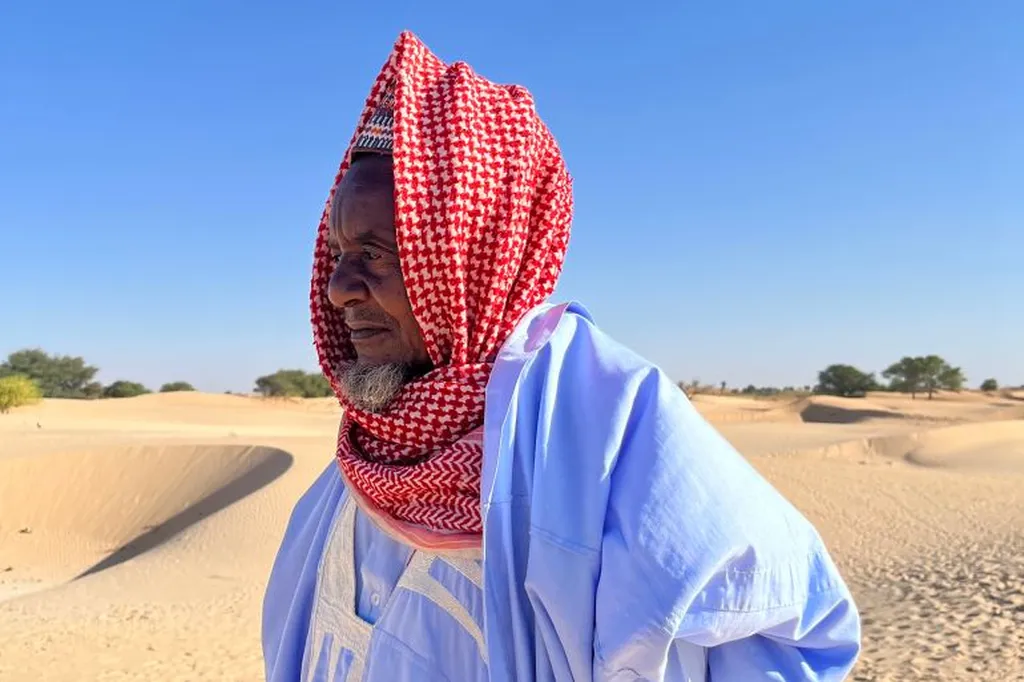In the heart of Nigeria’s tropical rainforest, a critical shift in weather patterns is unfolding, one that could reshape the agricultural landscape and send ripples through the energy sector. A recent study published in the Turkish Journal of Agriculture: Food Science and Technology (Turkish: *Türk Tarım – Gıda Bilim ve Teknolojisi Dergisi*) has uncovered significant trends in temperature and rainfall that are challenging the status quo and demanding attention from farmers, policymakers, and energy stakeholders alike.
Chris Adegoke Fayose, a researcher from the Department of Agricultural Technology at Ekiti State Polytechnic, Isan Ekiti, Nigeria, led the study that analyzed 12 years of daily air temperature and rainfall data from Obafemi Awolowo University in Ile-Ife. The findings paint a picture of increasing erraticism in rainfall patterns, with higher interannual variability, delayed onset, and a concentration of rainfall in fewer months. “The rainfall pattern has become more unpredictable,” Fayose explains. “This is not just a matter of less rain; it’s about the rain coming in intense bursts and at unexpected times, which can be just as damaging to crops.”
The study revealed a declining trend in mean annual rainfall, with a significant reduction of 45.62 mm per year over the past decade. However, the most striking finding was the concentration of high rainfall events between June and August, rather than a uniform reduction in total annual rainfall. This concentration of rainfall can lead to flooding and soil erosion, while the dry periods can cause water stress in crops, both of which can significantly impact crop yields and, consequently, the agricultural sector’s bottom line.
The implications for the energy sector are equally profound. As agriculture adapts to these changing patterns, there will be a growing demand for innovative solutions to manage water resources more efficiently. This could open up new opportunities for energy companies to invest in and develop technologies such as drought-resistant crops, improved irrigation systems, and water recycling methods. Moreover, the concentration of rainfall in fewer months could lead to a higher demand for energy during these periods, as farmers rely more heavily on irrigation and other energy-intensive practices.
The study also found a declining trend in mean air temperature, which is contrary to earlier reports and global warming projections. This unexpected finding suggests that the impacts of climate change in this tropical region are more nuanced and complex than previously understood. “We need to move beyond the simple narratives of global warming,” Fayose notes. “The reality is that climate change is causing a variety of shifts in temperature and rainfall patterns, and we need to be prepared for all eventualities.”
As the world grapples with the challenges of climate change, this study serves as a stark reminder that the impacts are not uniform and that local contexts matter. For the agricultural and energy sectors, this means that a one-size-fits-all approach to adaptation and mitigation will not suffice. Instead, there is a need for tailored solutions that take into account the unique challenges and opportunities presented by local climate trends.
The findings of this study could shape future developments in the field of agro-climatology and sustainable agriculture. As farmers and energy companies alike seek to adapt to these changing conditions, there will be a growing demand for research and innovation in this area. This could lead to new partnerships between the agricultural and energy sectors, as well as increased investment in climate-smart technologies and practices.
In the end, the story of Ile-Ife’s changing climate is a story of adaptation and innovation. As Fayose puts it, “The challenge is great, but so is the opportunity. If we can understand and adapt to these changes, we can build a more resilient and sustainable future for all.”

